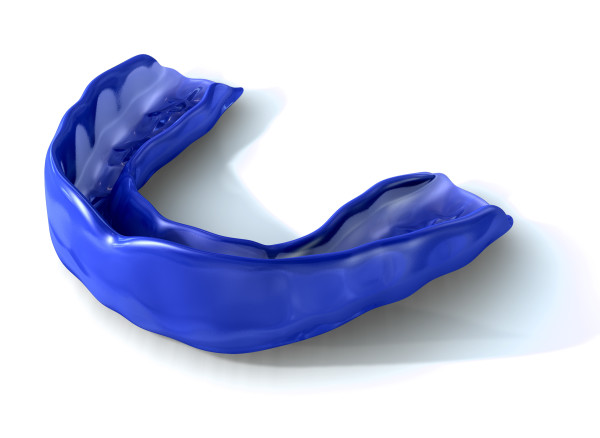Services
Reasons to consider sedation dentistry:
- Some children due to age or anxiety cannot cope with traditional dental treatment
- Patients with physical or intellectual challenges
- Extensive work is much easier for a young child to tolerate in a one-appointment sedation visit, versus multiple long appointments in the dental chair or a restraint board


The adult teeth most susceptible to cavities are the first and second adult molars. These teeth have deeper pits and grooves that trap plaque and bits of food. Being the most posterior teeth, these pits and grooves are hard to keep clean because toothbrush bristles cannot get into them. However, any tooth with grooves or pits may benefit from sealant placement.
Sealants are applied in one visit. The teeth are conditioned for the sealant application and the sealant is painted directly on the chewing surface of the teeth. A special light may be used to help the sealant harden.
Make sure your child still brushes and flosses daily and keeps their regularly scheduled recare appointments. Although sealants are a wonderful adjust to your child’s preventive oral health plan, poor hygiene and severe grinding may cause them to wear and chip. They may need to be reapplied to continue to protect your child’s teeth.



Bleaching can last for years, depending on whether or not you consume acid containing foods or staining foods such as teas, colas and fruit juices. Bleaching will eventually fade, but it is relatively simple to periodically rebleach as needed.

Gendex® designed the DenOptix Digital Imaging System to meet the specific needs of the dental profession. It generates pictures that are diagnostically equivalent to film-based images without the hassles of film.
That’s just the beginning! A collection of powerful image enhancement tools gives you remarkable viewing options, including: zoom, control brightness and contrast, colorize, emboss, measure, smooth and more.
Dentists, patients, and parents can visualize procedures as never before.

As parents, it is your obligation to make sure your child is properly protected from oral trauma in sports by having your pediatric dentist fabricate a form-fitting mouthguard.
There are several types of mouthguards:
- Stock: These are available over-the-counter at sporting goods stores. Just open the package and place the mouthguard directly into the mouth. This type is held in place by constant biting pressure, and otherwise has no retention. Because on impact it can easily dislodge, this mouthguard is considered to offer the least amount of protection. Speaking is also difficult with this type of mouthguard.
- Boil and Bite: This type is the most commonly used today. This mouthguard is also purchased over-the-counter at sporting goods stores, or made in the locker room by coaches. To fabricate the mouthguard correctly, the athlete is asked to bite down during the forming process while the material is soft and pliable. The boil and bite mouthguards have a dramatic decrease in thickness (70%-99%) during forming, thus providing the athlete with a false sense of protection.
- The multi-laminated heat/pressure mouthguard fabricated by our laboratories is the treatment of choice for the ultimate in orofacial athletic protection. This mouthguard offers an appropriate thickness and therefore will deliver the safest and most appropriate protection for the athlete. When an impact happens, shock absorption will occur and there will be an equal distribution and transfer of the impact forces throughout the mouthguard, thereby minimizing the chance for concussion and other serious injuries.

 We are always available in the case of a dental emergency. Just call the office for the pager number of the doctor on call. He or she will call you back as soon as possible.
Most injuries to baby teeth occur during the toddler years when children are learning to walk, yet lack good coordination. The central incisors (i.e., the top front teeth) are most frequently affected. In the permanent dentition, the most common age for dental trauma is ages 8 to 11 years old. At these ages oral injury is common during sports activities.
We are always available in the case of a dental emergency. Just call the office for the pager number of the doctor on call. He or she will call you back as soon as possible.
Most injuries to baby teeth occur during the toddler years when children are learning to walk, yet lack good coordination. The central incisors (i.e., the top front teeth) are most frequently affected. In the permanent dentition, the most common age for dental trauma is ages 8 to 11 years old. At these ages oral injury is common during sports activities.